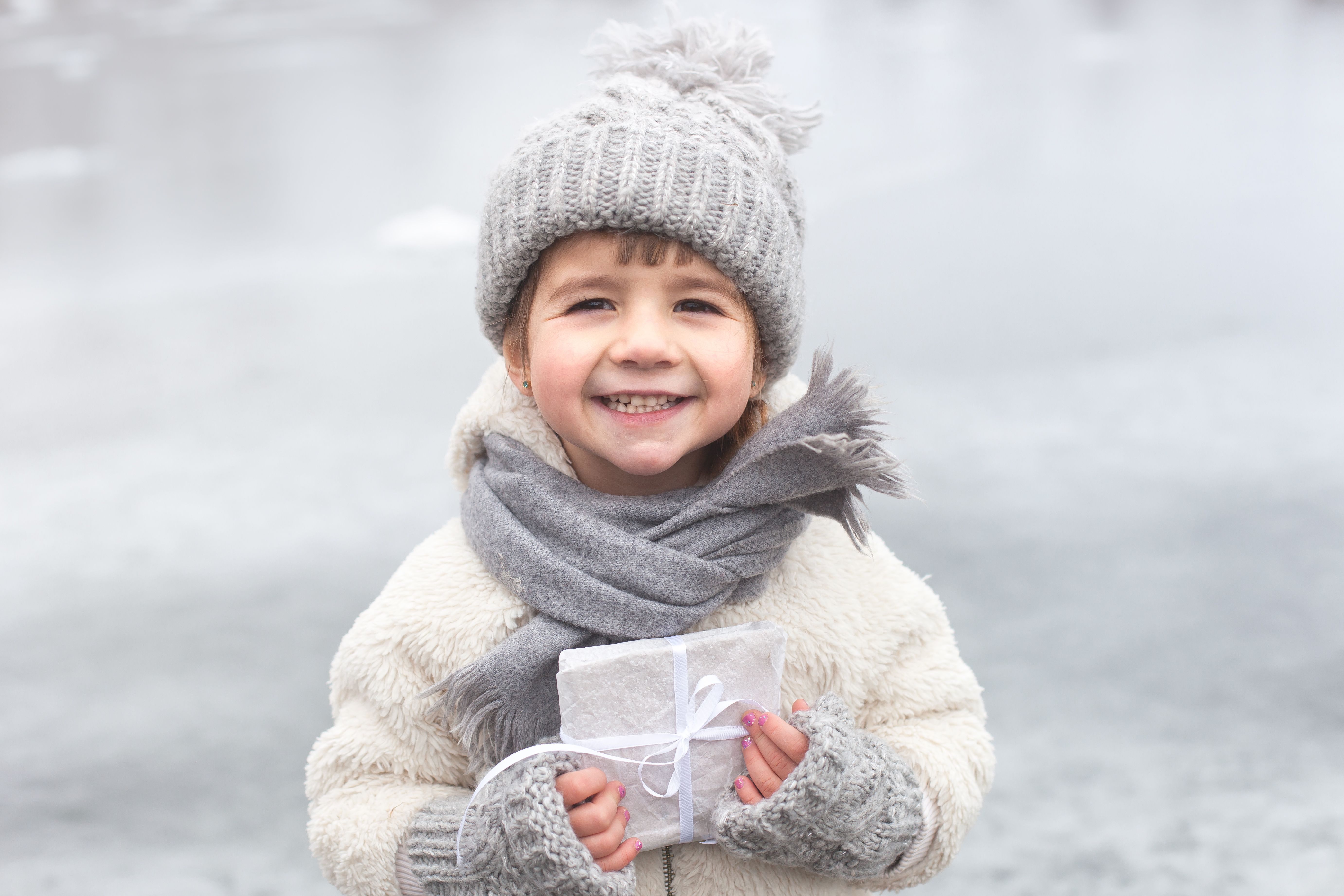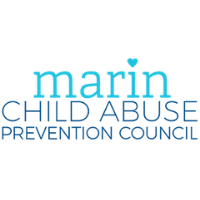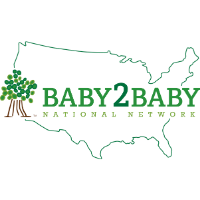
My Nana (my dad’s mom), taught me about the joy of giving versus receiving. When I was a teen, Nana informed everyone she would continue to give all of us gifts for holidays and birthdays, but that she no longer wanted materials gifts from us. Instead, she asked her adult children and their families to volunteer or make donations as their gift to her. My family bought toys for other children during the holidays, and we loved selecting toys and imagining kids opening their presents. I continued that tradition even after I left home, and now, my parents and I have reached the same agreement. We donate to causes or organizations that matter to the other person instead of giving physical gifts. Looking back, I realize how wise my Nana was to teach us to “pay it forward” – she was ahead of her time. Thank you, Nana.
This article is created by Nicole Young, the mother of two children, ages 16 and 19, who also manages Santa Cruz County's Triple P - Positive Parenting Program. Scientifically proven, Triple P is available locally through the Child Parent Institute. Our classes are listed at calparents.org/classes
Dear CPI,
My wife and I work hard to support our family, but it seems like my kids are always asking for more things. They see their friends getting new phones, video games, expensive clothes, and they expect us to buy them the same things. My wife says they just want to fit in with their friends, but I think they need to learn to be grateful for what they have. What can we do?
— Martín
Dear Martín,
That’s a good question, especially during this time of year when many holiday celebrations remind us to be thankful, grateful, kind, and generous. Here are some tips to try:
Teach by example. Sometimes the best way to teach children new attitudes, values, and skills is through our own words and actions. Talk about ways to show respect and appreciation of others, such as saying “please” and “thank you,” then model those behaviors in front of your children. Take it a step further by talking about the things you appreciate, especially non-material things, such as love, affection, and help from others.
Create opportunities for children to give instead of receive. This gives children a chance to practice being kind, caring, generous, and empathetic. It also teaches children that they are part of a larger community, which can help children develop a sense of purpose and belonging. Try making a “giving list” with your kids that includes activities they can do to help other people, animals, or the planet. Encourage them to think of things they could do throughout the year, even after the holidays, and include some things that don’t involve material gifts. For example, if your kids care about the environment, add “Participate in a community cleanup day” to the giving list. Or if they love animals, add “Volunteer at the animal shelter” to the list. Try to include some things your whole family can do – like providing toys, clothing, and food for people who need them – so that giving to others becomes part of your family’s traditions.
Give descriptive praise. As you work through your “giving list,” give descriptive praise to show your children you notice their helpfulness and generosity. For example, “When we were buying toys, I could see you were thinking about what other kids might want. That was really thoughtful.” Afterward, ask them how it felt to give instead of receive, and how they think their words or actions made a positive impact on others.
Make gratefulness a daily habit. The holidays often remind us to be grateful for what we have and give to others. However, the attitude of gratitude often fades after the New Year. Try creating family routines so that gratefulness becomes a daily habit. For instance, use family meals or bedtime to talk with your kids about the things they (and you) appreciated or felt good about that day. Encourage them to notice and appreciate non-material things, like a friend’s kind words, a sibling’s help, or eating their favorite food for dinner.
Final Thoughts: Teaching children to be grateful and “pay it forward” is an important job for parents and caregivers. It takes consistent effort and modeling, but the reward is worth it. Children and teens who learn to be kind, giving, and grateful when they are young will eventually grow up to be parents, caregivers, teachers, and leaders raising our next generation of children.
Sincerely,
Child Parent Institute











